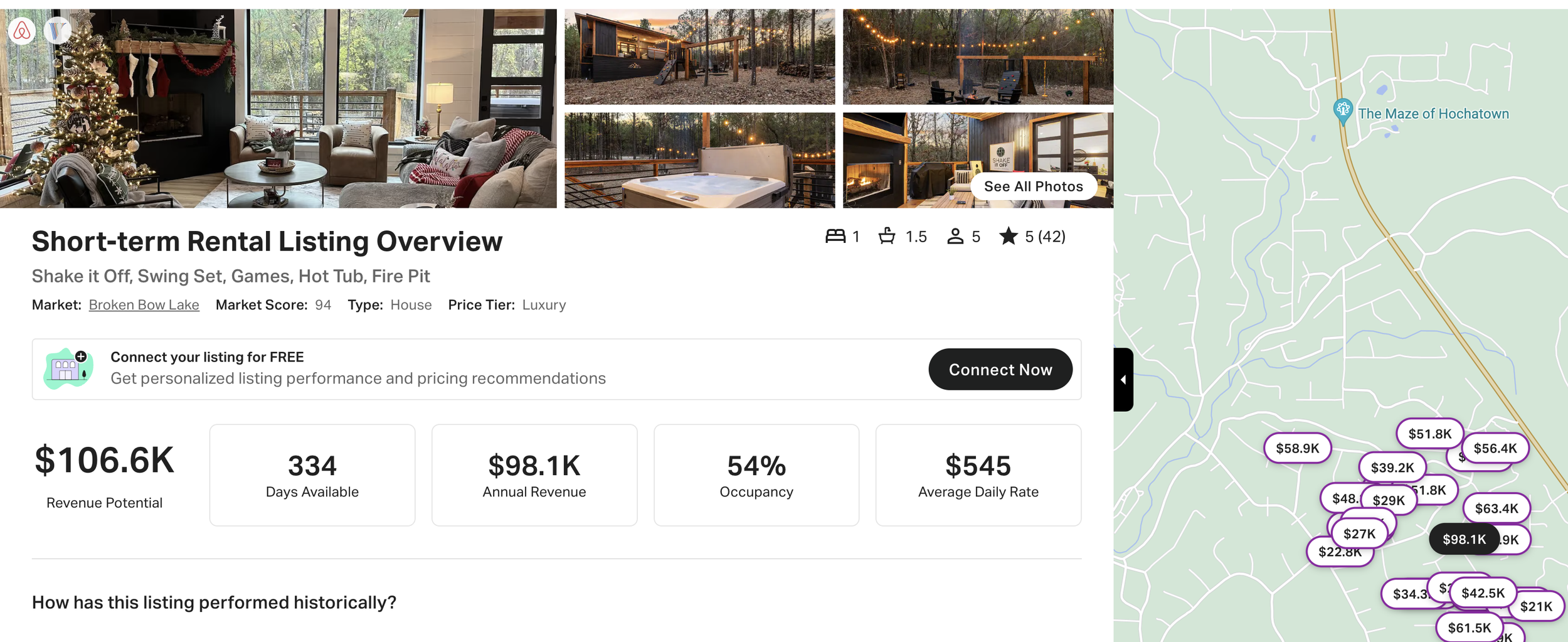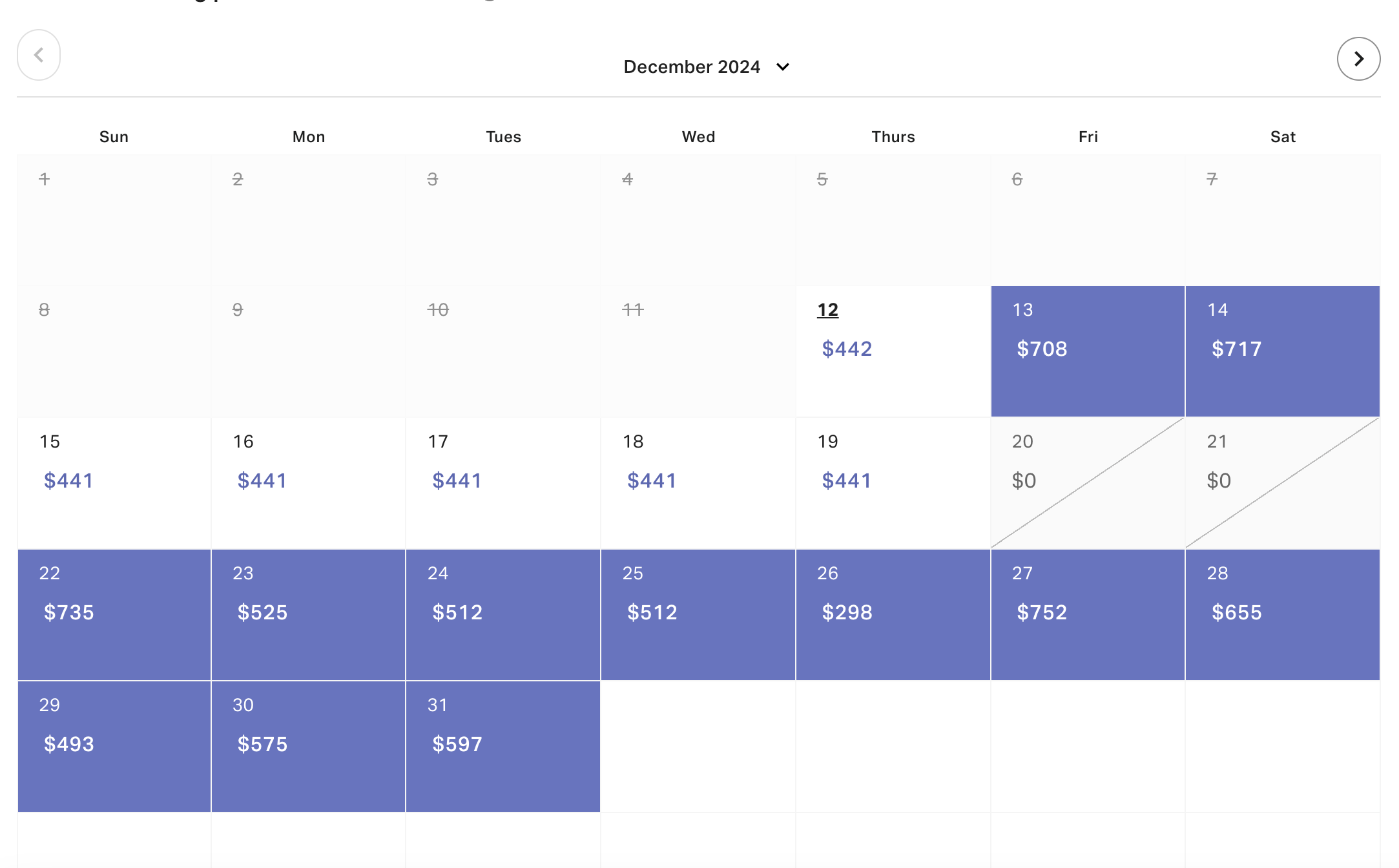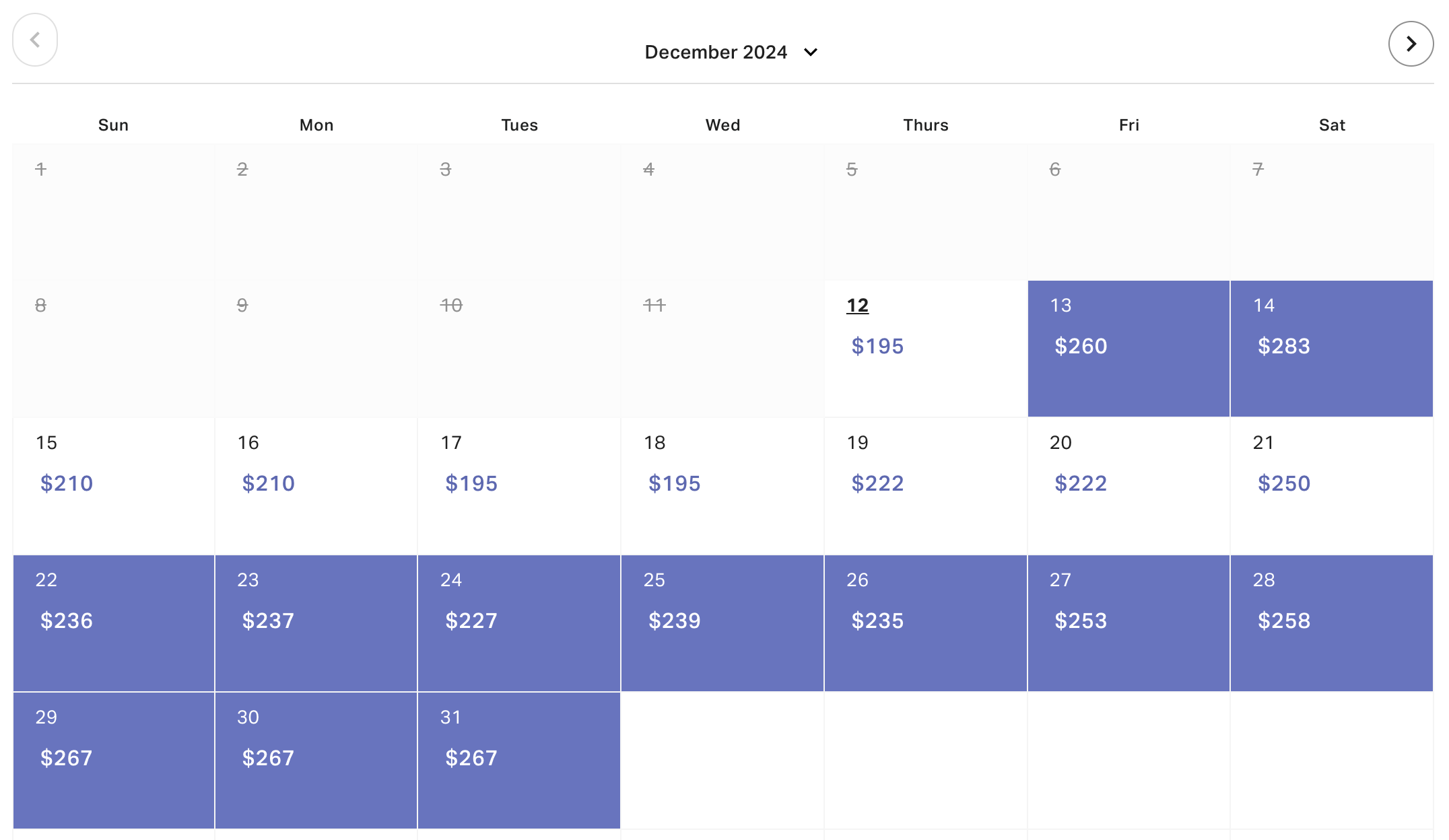Flipping Houses in 2025: Is It Still Profitable?
House flipping remains a dynamic and potentially lucrative real estate investment strategy, despite the challenges presented by today's market conditions. The profitability of flipping houses in 2025 hinges on several factors, including market trends, financing costs, and the ability to identify undervalued properties. This article explores the challenges and rewards of house flipping, providing insights for investors looking to navigate this complex landscape.
Challenges Facing House Flippers in 2025
1. Higher Financial Costs
Increased Mortgage Rates: Higher interest rates have made borrowing more expensive, reducing profit margins for flippers. For instance, the average 30-year fixed mortgage rate in the U.S. is significantly higher than it was a few years ago, impacting financing costs.
Material and Labor Shortages: Supply chain disruptions and labor shortages can extend renovation timelines and increase costs, further eroding potential profits.
2. Unpredictable Property Values
Market Volatility: Real estate values can fluctuate unpredictably, making it difficult to predict future price appreciation. This volatility poses a significant risk for flippers relying on rapid appreciation to turn a profit.
Competition for Undervalued Properties: Bidding wars on distressed properties can drive up purchase prices, reducing the potential for significant profit margins.
3. Increased Competition
Market Saturation: The popularity of house flipping has led to increased competition, making it harder to find undervalued properties with high profit potential.
Regulatory Challenges: Evolving regulations and zoning laws can impact the feasibility of certain projects, adding complexity to the flipping process.
Rewards of House Flipping in 2025
1. Potential for High Returns
Strategic Investing: In favorable markets, house flipping can yield substantial returns. For example, some regions have seen ROIs of over 100% for successful flips.
Renovation Opportunities: Focusing on cosmetic updates rather than major renovations can still yield good returns without over-investing in a property.
2. Market Opportunities
Undervalued Markets: Identifying emerging markets or neighborhoods with growth potential can offer lucrative opportunities for flippers who conduct thorough research.
Rising Rent Prices: Converting flips into rental properties can provide a steady income stream, especially in areas with high demand for rentals.
3. Technological Advancements
Data-Driven Decisions: Advances in technology allow flippers to make more informed decisions by accurately assessing property values and projecting renovation costs.
Efficient Project Management: Tools and software can streamline the renovation process, reducing delays and costs.
Strategies for Successful House Flipping in 2025
1. Market Research
Stay Informed: Continuously monitor market trends, economic indicators, and local real estate conditions to identify opportunities and mitigate risks.
Location Analysis: Focus on regions with strong growth potential or undervalued properties that can be renovated for profit.
2. Financial Planning
Budgeting: Create detailed budgets that account for all costs, including unexpected expenses and holding costs.
Financing Options: Explore various financing options to minimize borrowing costs and maximize returns.
3. Renovation Strategies
Cosmetic Updates: Prioritize cosmetic renovations that enhance the property's appeal without over-investing.
Longer Hold Periods: Consider holding properties for longer to allow for market appreciation and offset high carrying costs.
House flipping in 2025 presents both challenges and opportunities. While higher financial costs and market unpredictability pose risks, strategic investors can still achieve significant returns by focusing on undervalued markets, leveraging technology, and adopting flexible renovation strategies. Understanding these dynamics is crucial for navigating the complex landscape of real estate flipping.
FAQs
Q: Is house flipping still profitable in 2025?
A: Yes, house flipping can still be profitable if done strategically. Investors must navigate challenges like higher mortgage rates and market volatility to achieve returns.
Q: What are the biggest challenges facing house flippers today?
A: Key challenges include higher financial costs due to increased mortgage rates, material and labor shortages, unpredictable property values, and increased competition.
Q: How can I maximize profits from house flipping?
A: To maximize profits, focus on identifying undervalued properties, prioritize cosmetic renovations, and consider longer hold periods to allow for market appreciation.
Q: What role does technology play in house flipping?
A: Technology helps flippers make informed decisions by providing accurate property valuations and renovation cost projections, streamlining the project management process.
Q: Are there alternative real estate investment strategies?
A: Yes, alternatives include rental properties, REITs, and real estate crowdfunding, which may offer lower risk and more consistent returns compared to flipping houses.






